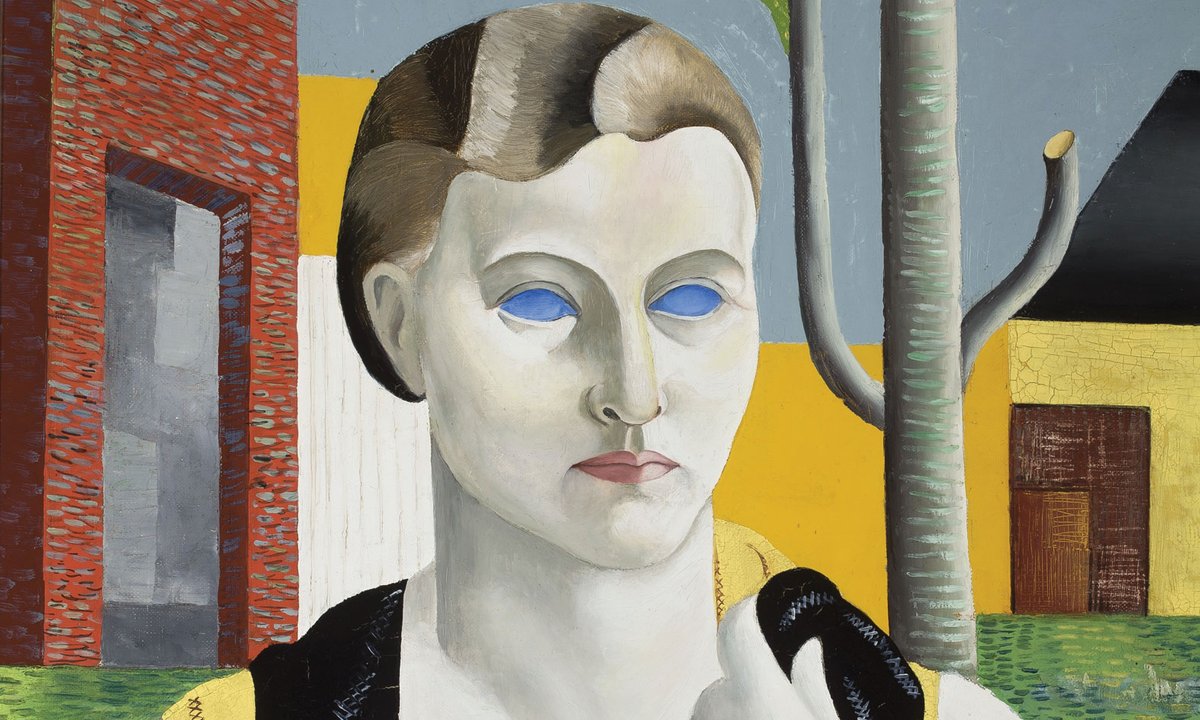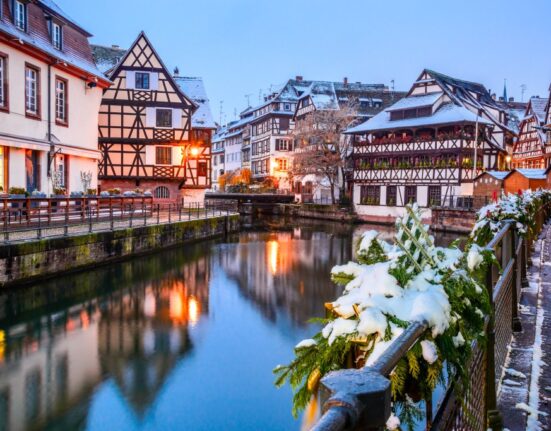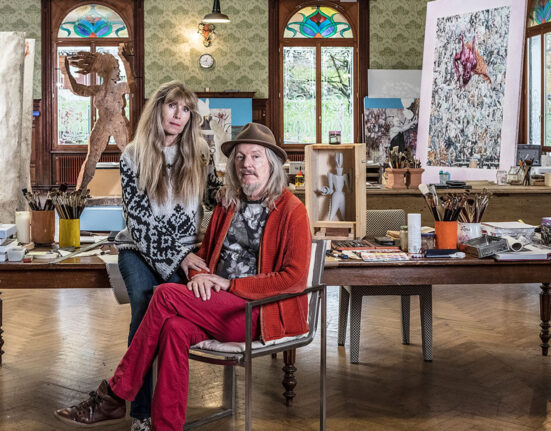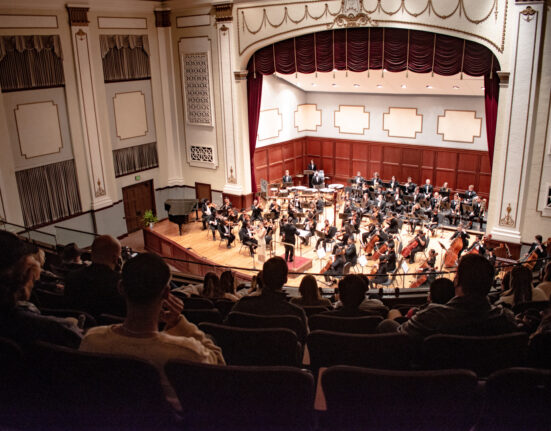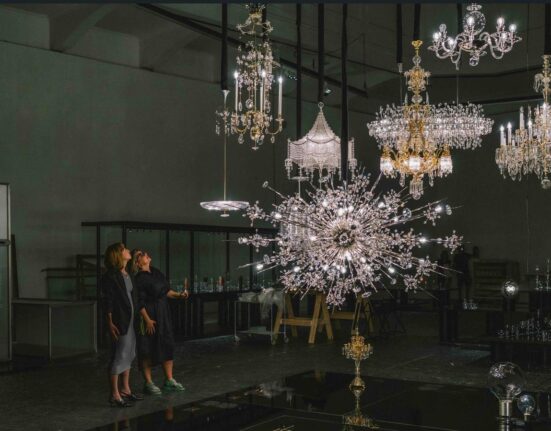The remaking of the maps of Europe and the Middle East following the First World War overlapped with the triumph of Modernism, and a new show at Dublin’s Irish Museum of Modern Art (Imma) looks both inward and outward, as well as forward, to consider the implications. Keeping in mind Ireland’s own early 1920s break into the Irish Free State and Northern Ireland, the museum has installed a huge show of more than 200 works that looks at how the era’s newly independent peoples on three continents used art to help forge new identities.
Self-Determination: A Global Perspective does not stop there. Taking up “three-quarters of the real estate of the museum”, according to Imma’s director Annie Fletcher, the show also features works and interventions by contemporary artists, including Belfast’s Array Collective, winners of the 2021 Turner Prize.
Drawing on collections from the Baltic states, Ukraine, Poland, Finland, Egypt, Turkey, and both sides of Ireland’s inner border, Self-Determination has a few familiar names.
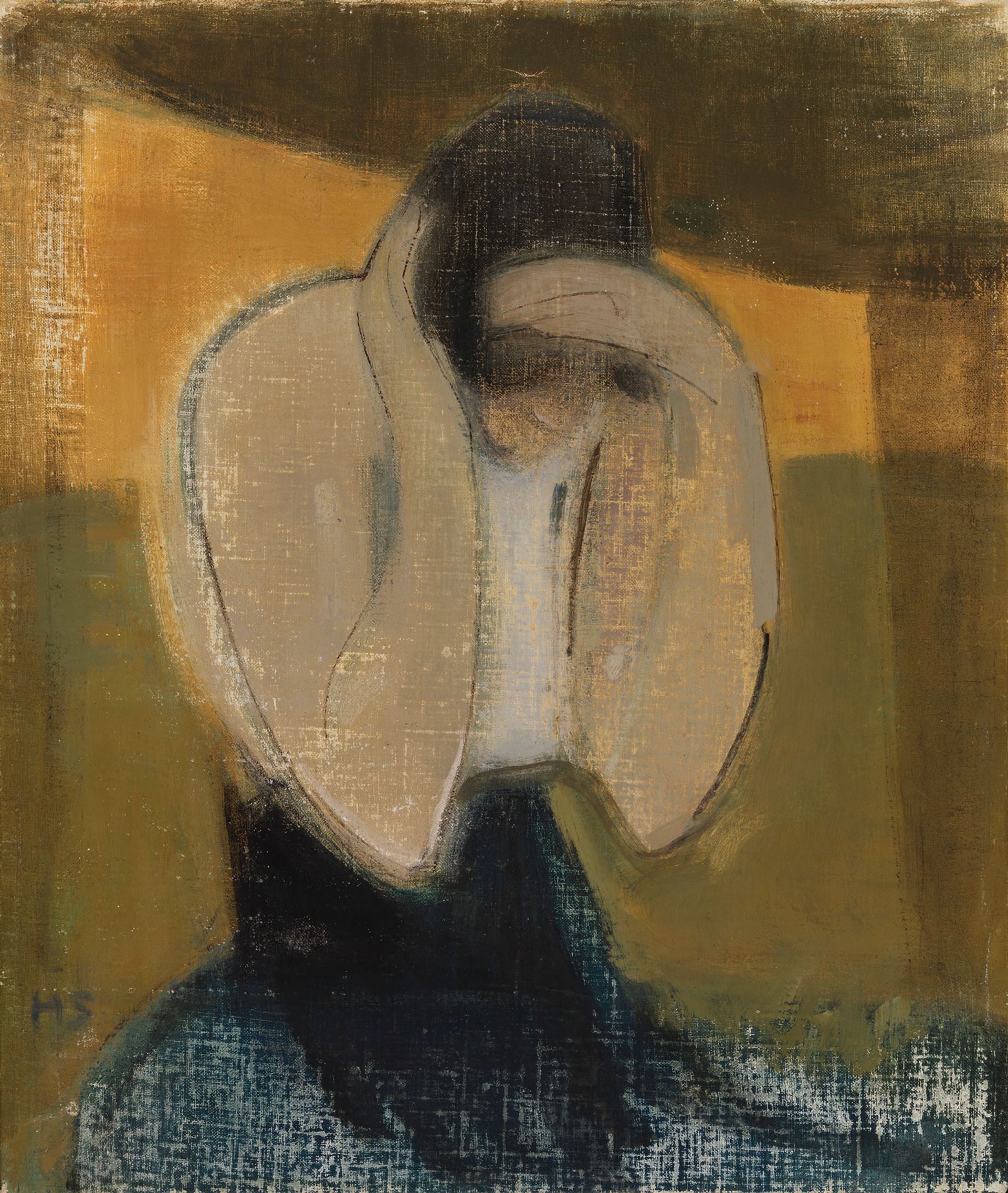
Helene Schjerfbeck’s The Gipsy Woman; The Romani Woman (1919) Finnish National Gallery Ateneum Art Museum
The Finnish painter Helene Schjerfbeck (1862-1946), who has found a wide international following in recent years, was born in what amounted to the north-west corner of Russia, and was herself a product of what could be called Russian cosmopolitanism—in the 1880s, she spent some crucial years in Paris, thanks to an Imperial Russian grant. But by 1917, the year Finland broke away from the collapsing Russian Empire, the artist, long back home, was working in her own Finnish style, marked by a dark iridescent palette and a kind of pan-Modernist sensibility. Her 1919 painting, The Gipsy Woman; The Romani Woman, on loan from the Finnish National Gallery, portrays someone who is an odd-person-out in the world’s new geopolitical set-up. Schjerfbeck gives her a flowing, seductive body—and then takes away her face.
Europe’s transition from a handful of empires to a plethora of ethno-national entities is the predicate of the show, and the historical works range in tone from aggressively patriotic to hauntingly personal.

Seán Keating’s Men of the South (1921-22) Collection Crawford Art Gallery, Cork; © the artist’s estate
Seán Keating (1889-1977) was the great image-maker of the Irish War of Independence, and the exhibition includes his best-known painting, Men of the South (1921-22), showing a group of IRA fighters waiting to ambush a British military brigade. The lack of individuality of Keating’s six figures is in stark contrast to a self-portrait from a few years later by the Polish avant-garde painter Maria Ewa Łunkiewicz-Rogoyska (1895-1967). A follower of Purism, the French interwar movement associated with Fernand Léger, Łunkiewicz-Rogoyska depicts herself as a fragile fortress of individuality, a statue about to shatter.
Europe’s interwar-isms abound in Self-Determination—from Estonian Expressionism to Ukrainian Constructivism, and veering back to old-fashioned Irish Realism—but Fletcher views these categories as provisional. “The exhibition isn’t arranged by style,” she says. “Instead, we’re more interested in how styles circulated across the new states and were reinterpreted and redeployed in different contexts.”
Self-Determination is very mindful of contemporary predicaments and struggles, and opens with a towering installation by the Turkish conceptual artist Banu Çennetoğlu called right? (2022). Inspired by the UN Universal Declaration of Human Rights, the work uses bouquets of gold balloons to mournfully mock what the artist calls “the discrepancy between the aim of this declaration and the application that we have in our lives.”
• Self-Determination: A Global Perspective, Irish Museum of Modern Art, Dublin, until 21 April 2024

